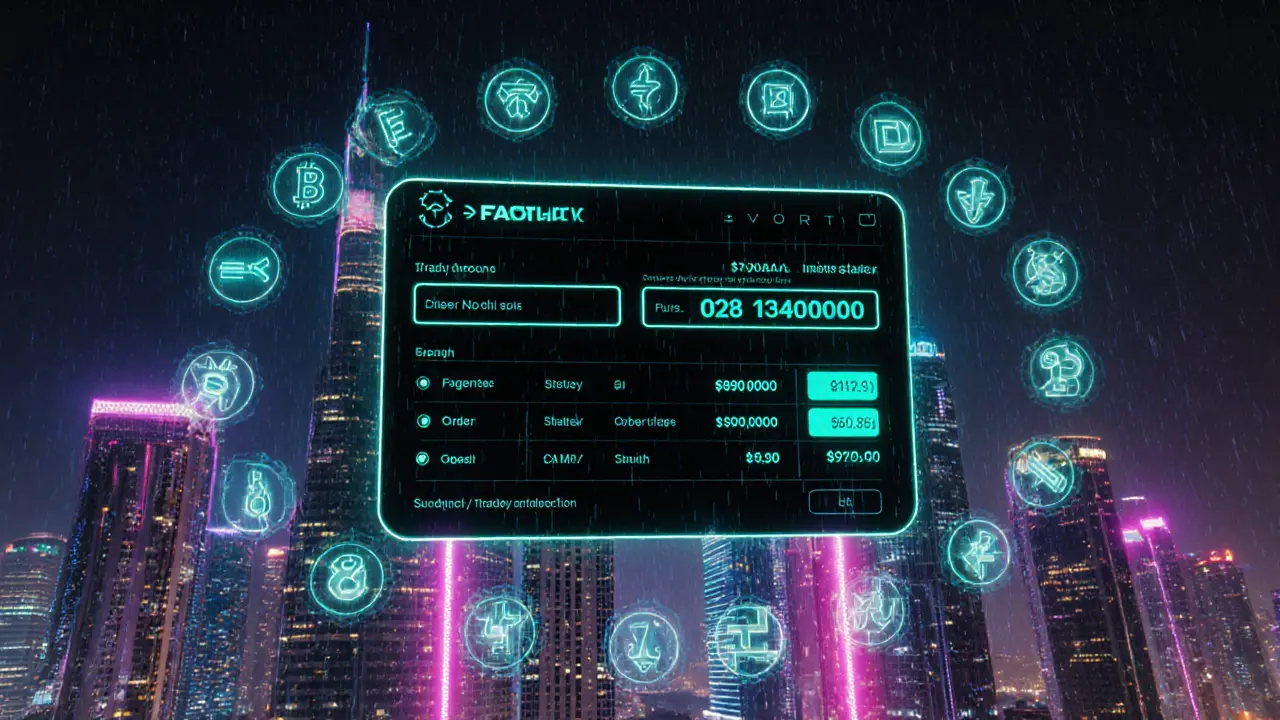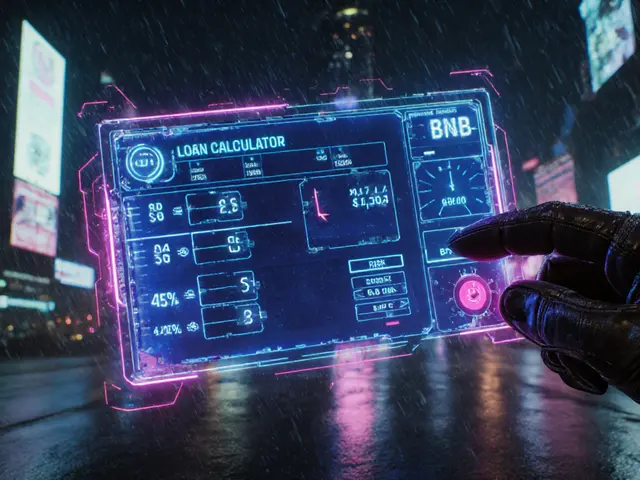
Fastex Fees – Understanding the Cost Structure of Fast Crypto Transactions
When you hear Fastex fees, the fee model used by the Fastex platform to speed up blockchain transactions while keeping costs predictable. Also known as Fastex transaction costs, it covers everything from base gas to premium priority charges, you’re really looking at a blend of several core concepts. First, there are transaction fees, the amount paid to miners or validators for processing a blockchain operation. Then come gas fees, the unit cost for executing smart‑contract code on networks like Ethereum. Finally, mempool priority, the queue ranking that decides which transaction gets confirmed first during congestion plays a big role. Together these elements decide whether you pay a few cents or a hefty premium to get your transfer done in seconds. Understanding how they interlock helps you avoid surprise charges and pick the right moment to move your assets.
Key Factors Influencing Fastex Fees
Fastex builds its fee structure on three pillars: a baseline ground fee that mirrors the network’s average gas price, a speed surcharge that buyers can add to jump the mempool queue, and an dynamic adjustment that reacts to real‑time congestion. In practice this means you start with the same cost you’d see on any standard DEX, but you can choose to pay extra for faster confirmation—much like buying a priority boarding ticket. Compared with fee-less networks, such as Constellation’s DAG that advertises zero transaction fees, Fastex still charges because it relies on underlying blockchains that need miner incentives. The difference is that Fastex makes the extra cost optional and transparent, letting users decide how much they value speed versus savings. Recent data shows that during peak hours the speed surcharge can add 20‑30% to the base fee, but during off‑peak times the total often stays under the network average, giving you a cheaper alternative to traditional high‑gas periods.
So, how can you keep Fastex fees in check? First, use a real‑time gas tracker to spot low‑congestion windows; many wallets now show the current mempool status and suggest an optimal fee tier. Second, set a maximum fee cap in your transaction settings—Fastex will never exceed it, even if the network spikes. Third, consider batching smaller moves into a single transaction; the base fee spreads across more value, effectively lowering the cost per unit transferred. Finally, stay aware of network upgrades or fee‑model changes; a new protocol update can shift the baseline dramatically. Armed with these tactics, you’ll be able to enjoy fast confirmations without burning your budget. Below you’ll find a curated list of articles that dive deeper into each of these topics, from mempool dynamics to fee‑less alternatives, giving you a complete toolbox for smarter crypto spending.




